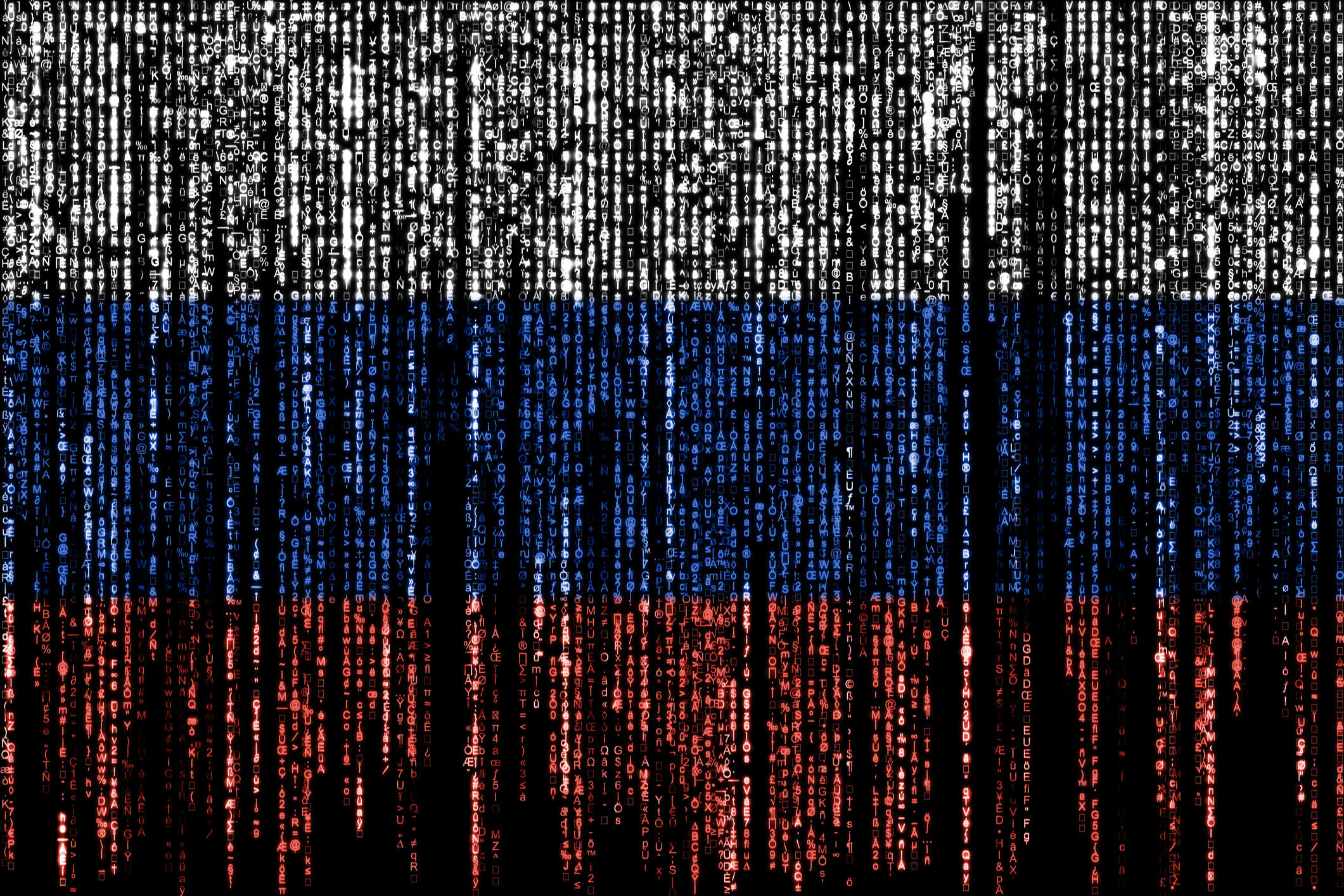What is Breach and Attack Simulation (BAS)?
Explaining the latest security tool helping organisations identify and rectify vulnerabilities in their cyber defences


As organisations try and stay one step ahead of cyber criminals, Breach and Attack Simulations (BAS) are growing in popularity as a way of testing cyber resilience. The technology is used to automatically spot weaknesses in an organisation’s cyber security, a little like automated, ongoing penetration testing.
The global BAS market is expected to reach $1.68 billion by 2027 - a 37.8% growth from 2018’s figures - primarily driven by demand for prioritising security investments as vulnerability management grows ever more complicated.
Furthermore, Breach and Attack Simulation technologies were highlighted as one of the top solutions for CISOs to consider in a recent report from Gartner, because of its effectiveness at testing against known threats.
But just what are Breach and Attack Simulations, and how are they being used by businesses?
RELATED RESOURCE

The 3 approaches of Breach and Attack Simulation technologies
A guide to the nuances of BAS, helping you stay one step ahead of cyber criminals
The different types of Breach and Attack Simulations
BAS is an emerging technology that runs simulated automated attacks, mimicking the attacks likely to be deployed by cyber criminals. These ‘pretend’ attacks can help a company identify potential vulnerabilities in security systems, as well as test out the detection and prevention capabilities.
According to Cymulate, BAS technologies fall into three main categories, depending on the approach needed.
The first is agent-based vulnerability scanners. As opposed to using protocols like SSH to remotely access network devices, this method involves running agents directly on target devices themselves to test them for known vulnerabilities. These agents are deployed inside an organisation’s LAN and distributed across a number of machines, with the goal being to map out the potential routes an attacker could take to move through the network.
Get the ITPro daily newsletter
Sign up today and you will receive a free copy of our Future Focus 2025 report - the leading guidance on AI, cybersecurity and other IT challenges as per 700+ senior executives
The second type of BAS tests the organisation’s security by generating ‘malicious’ traffic inside the internal network. Virtual machines are set up inside the network which act as targets for the test, using a database of attack scenarios. The BAS sends attacks between these machines, then checks that the organisation’s security solutions are able to detect and block the traffic.
The third category consists of multi-vector simulated attacks, and are the most advanced and true-to-life type of simulation that can be deployed. This ‘black box’ approach puts a lightweight agent on a workstation within the network. Usually cloud-based, the assessments utilise distinct types of attack tactics to try and bypass the security in place, both internally and externally to the organisation’s LAN.
Pros and cons of Breach and Attack Simulations
One major benefit of BAS is the automation aspect. Having tests scheduled and frequently carried out automatically by a tool means that potential weaknesses can be spotted and dealt with quickly, compared to one-off tests where staff may be more alert to issues.
Automated tests can be particularly useful in larger organisations where networks are constantly changing, especially if new tools are being deployed, software is updated, or operations expand into new locations. Regular tests can identify issues with complex networks quickly and efficiently, and some BAS technologies can be set up to run constantly, meaning that vulnerabilities can be spotted almost instantly.
RELATED RESOURCE

The 3 approaches of Breach and Attack Simulation technologies
A guide to the nuances of BAS, helping you stay one step ahead of cyber criminals
However, human cyber experts are usually much more creative in how they deploy attacks. BAS is limited in what it can test, and can only run known attack simulations. This is why penetration testing - a simulated attack run by highly trained security professionals to probe business systems for vulnerabilities - may uncover different problems compared to BAS.
There is also a danger that IT teams can end up overloaded with notifications on an ongoing basis with BAS, especially if there is no easy way to differentiate routine issues from important alerts.
As with many security tools, Breach and Attack Simulation is not a comprehensive solution, and different tools have different purposes depending on how they are deployed. However, as part of a comprehensive cyber security strategy, BAS can play a valuable role, particularly as the technology matures and BAS providers continue to evolve their offerings.
Esther is a freelance media analyst, podcaster, and one-third of Media Voices. She has previously worked as a content marketing lead for Dennis Publishing and the Media Briefing. She writes frequently on topics such as subscriptions and tech developments for industry sites such as Digital Content Next and What’s New in Publishing. She is co-founder of the Publisher Podcast Awards and Publisher Podcast Summit; the first conference and awards dedicated to celebrating and elevating publisher podcasts.
-
 Third time lucky? Microsoft finally begins roll-out of controversial Recall feature
Third time lucky? Microsoft finally begins roll-out of controversial Recall featureNews The Windows Recall feature has been plagued by setbacks and backlash from security professionals
By Emma Woollacott Published
-
 The UK government wants quantum technology out of the lab and in the hands of enterprises
The UK government wants quantum technology out of the lab and in the hands of enterprisesNews The UK government has unveiled plans to invest £121 million in quantum computing projects in an effort to drive real-world applications and adoption rates.
By Emma Woollacott Published
-
 Bugcrowd’s new MSP program looks to transform pen testing for small businesses
Bugcrowd’s new MSP program looks to transform pen testing for small businessesNews Cybersecurity provider Bugcrowd has launched a new service aimed at helping MSP’s drive pen testing capabilities - with a particular focus on small businesses.
By Ross Kelly Published
-
 Building a new approach to security with the next generation of penetration testing
Building a new approach to security with the next generation of penetration testingSponsored Combining human-led testing with continuous automated scanning can elevate your security regime
By ITPro Published
-
 OpenAI to pay up to $20k in rewards through new bug bounty program
OpenAI to pay up to $20k in rewards through new bug bounty programNews The move follows a period of unrest over data security concerns
By Ross Kelly Published
-
 Kali Linux releases first-ever defensive distro with score of new tools
Kali Linux releases first-ever defensive distro with score of new toolsNews Kali Purple marks the next step for the red-teaming platform on the project's tenth anniversary
By Rory Bathgate Published
-
 Podcast transcript: Meet the cyborg hacker
Podcast transcript: Meet the cyborg hackerIT Pro Podcast Read the full transcript for this episode of the IT Pro Podcast
By IT Pro Published
-
 The IT Pro Podcast: Meet the cyborg hacker
The IT Pro Podcast: Meet the cyborg hackerIT Pro Podcast Resistance is futile - offensive biotech implants are already here
By IT Pro Published
-
 Russia-linked state-sponsored hackers launch fresh attacks by abusing latest red team tool
Russia-linked state-sponsored hackers launch fresh attacks by abusing latest red team toolNews Researchers said the new tool has evaded the detection of many leading security products and is quickly growing in popularity
By Connor Jones Published
-
 Train firm slammed over 'bonus' phishing test
Train firm slammed over 'bonus' phishing testNews Security experts suggest businesses use other 'lures' to avoid upsetting workers in the current climate
By Bobby Hellard Published